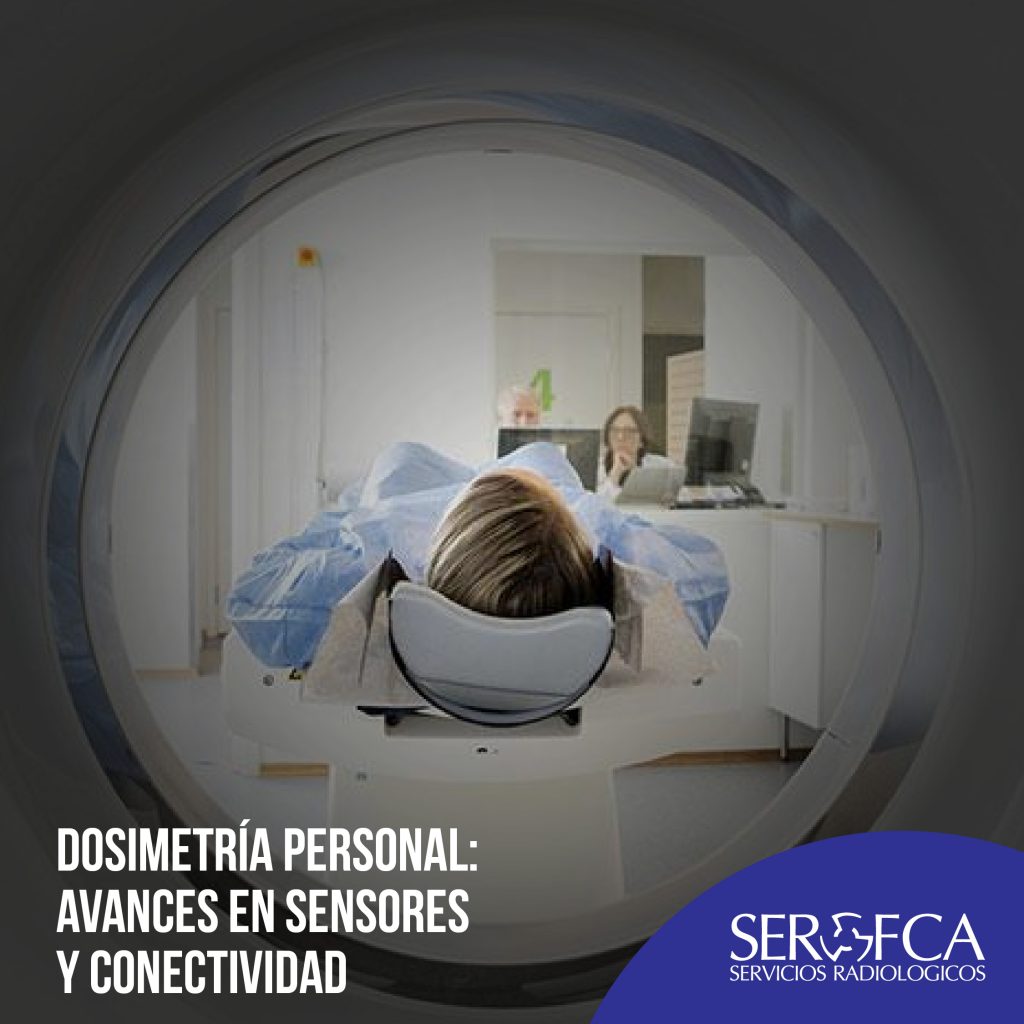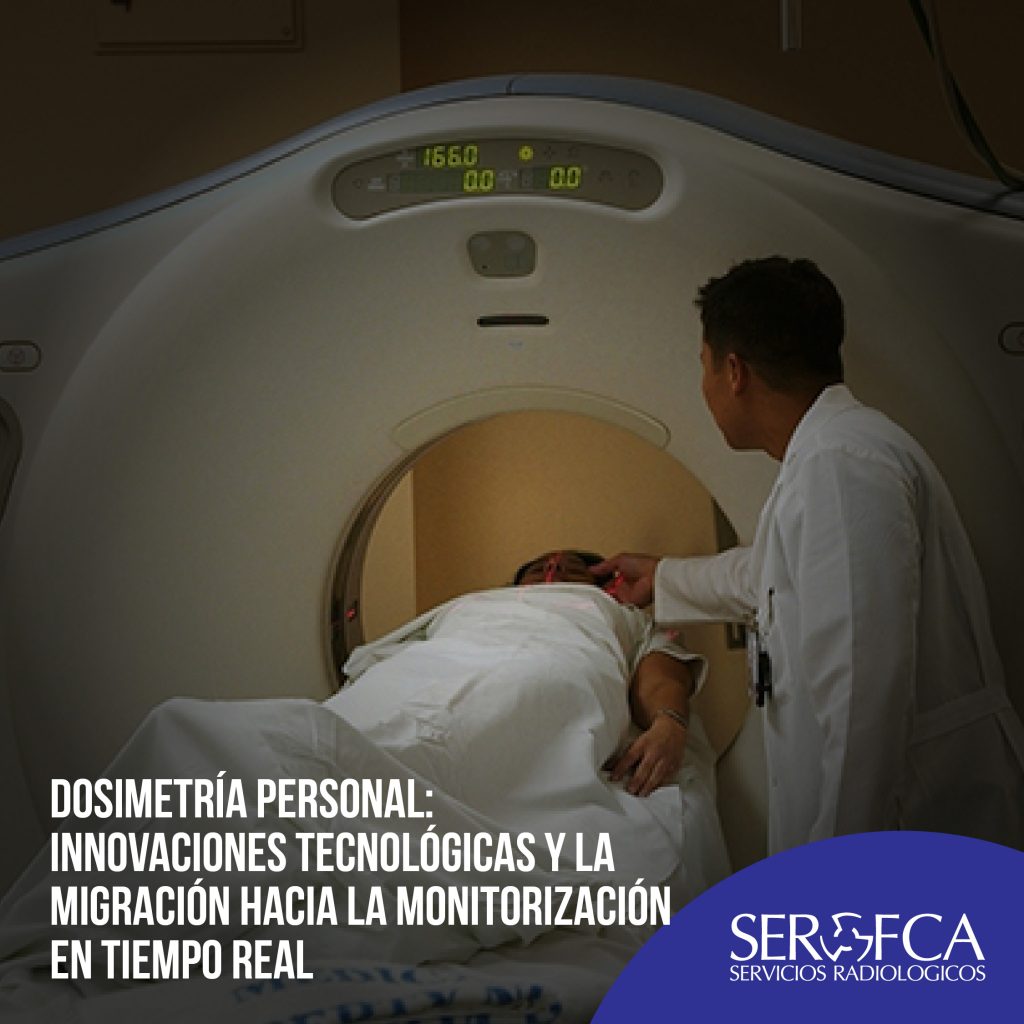Radiologists are more fatigued and provide worse diagnostic performances following overnight shifts (ONS), according to a study published in the Journal of the American College of Radiology.
Researchers from Emory University in Atlanta, Ga., sought to assess the effect of ONS on radiologist fatigue, visual search pattern, and diagnostic performance.
The researchers recruited five faculty members and seven residents for this small study. Each completed two sessions: one during a normal workday (“not fatigued”) and another in the morning after an ONS (“fatigued”). Each radiologist completed the Swedish Occupational Fatigue Inventory after their shifts. During each session, radiologists viewed 20 bone radiographs consisting of normal and abnormal findings. Viewing time, diagnostic confidence, and eye-tracking data were recorded.
The results showed fatigue among the radiologists after ONS, particularly among the residents. The Swedish Occupational Fatigue Inventory results demonstrated worsening in all five variables:
• Lack of energy
• Physical exertion
• Physical discomfort
• Lack of motivation
• Sleepiness
Overall, the participants demonstrated worse diagnostic performance in the fatigued versus not fatigued state, and the mean time to first fixate on a fracture increased by 34% among the fatigued physicians. Additionally, dwell times associated with true- and false-positive decisions increased, but those with false negatives decreased.
The researchers concluded that effectiveness of performance among radiologists dropped after ONS, and for residents, the effects of the fatigue were more pronounced.




